Life in the wild isn’t just for documentaries; it’s happening right under our noses across the U.S. every single day. From the backyards of suburban homes to the depths of dense forests, predator-prey duels play out in a dramatic dance of survival. Let’s dive into 15 fascinating showdowns that you might just witness in your own neck of the woods. Each of these encounters weaves a tale of instinct, strategy, and sometimes sheer luck. Put on your explorer cap, and let’s get started!
1. Coyotes Versus Roadrunners: No Cartoon Needed
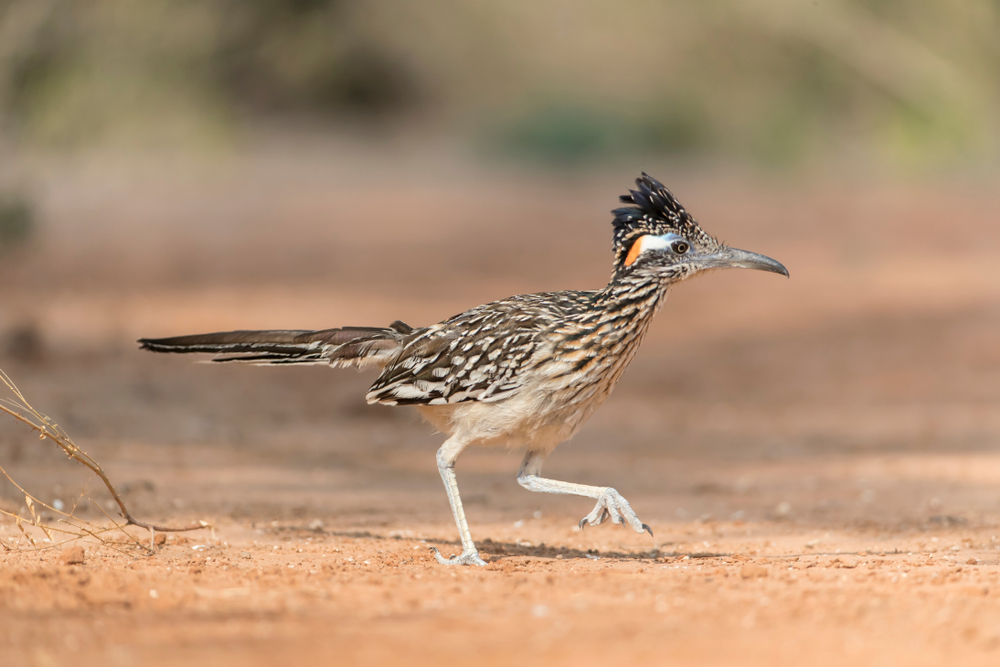
If you’ve ever watched an episode of “Looney Tunes,” you might think of cartoon antics when you hear “coyote” and “roadrunner.” But this real-life duo isn’t running through painted tunnels or wielding anvils. Coyotes are cunning and adaptable predators, while roadrunners are surprisingly swift on their feet, often reaching speeds of up to 20 miles per hour. In the deserts of the Southwest, these two creatures engage in a chase that’s all about survival. The roadrunner relies on its agility and speed, darting between shrubs and rocks to evade capture. Coyotes, on the other hand, use their intelligence to outsmart their prey, often hunting in pairs to increase their chances of a successful catch.
Now, while the roadrunner might not always escape like in the cartoons, it’s certainly not an easy meal. Roadrunners are known for their agility and ability to make sharp, quick turns that leave their pursuers in the dust. Coyotes have to be patient, observant, and quick-thinking to catch their feathered foe. It’s a high-stakes game of tag played out against the backdrop of the American desert. Whether the coyote manages to outwit the roadrunner or not, it’s a spectacle of nature’s raw and unfiltered reality that inspires awe in those lucky enough to witness it.
2. Hawks and the Elusive Field Mice
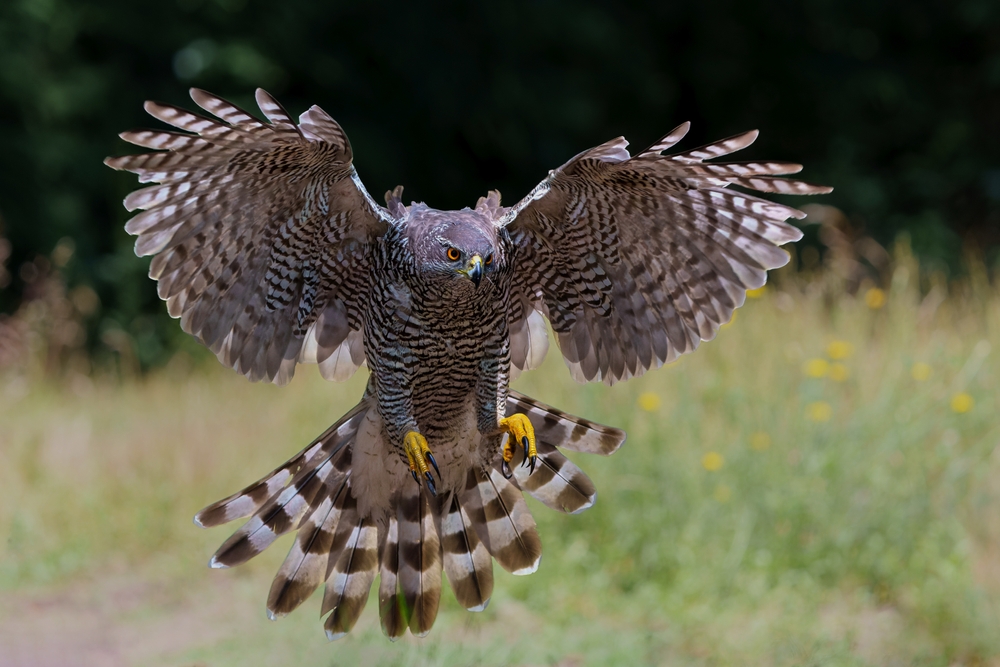
If you look up in the sky on a clear day, you might see a hawk circling above, scanning the ground for signs of life. These birds of prey have extraordinary vision, allowing them to spot the slightest movement from high above. According to the Great Swamp Watershed Association, hawks can see a mouse from half a mile away. Down below, field mice go about their day, blissfully unaware of the danger lurking overhead. The mice rely on their size and the tall grass to stay hidden from these aerial hunters. It’s a classic predator-prey relationship where stealth and speed are the keys to survival.
Field mice are quick on their feet, darting through the vegetation with a speed that keeps them mostly out of harm’s way. Meanwhile, the hawk relies on patience and precision, waiting for the perfect moment to swoop down and seize its prey. It’s a game of speed versus precision, and the stakes couldn’t be higher for the mouse. This everyday encounter is a reminder of nature’s unforgiving cycle, where every meal is hard-earned, and survival is never guaranteed.
3. Bobcats and the Wily Rabbits
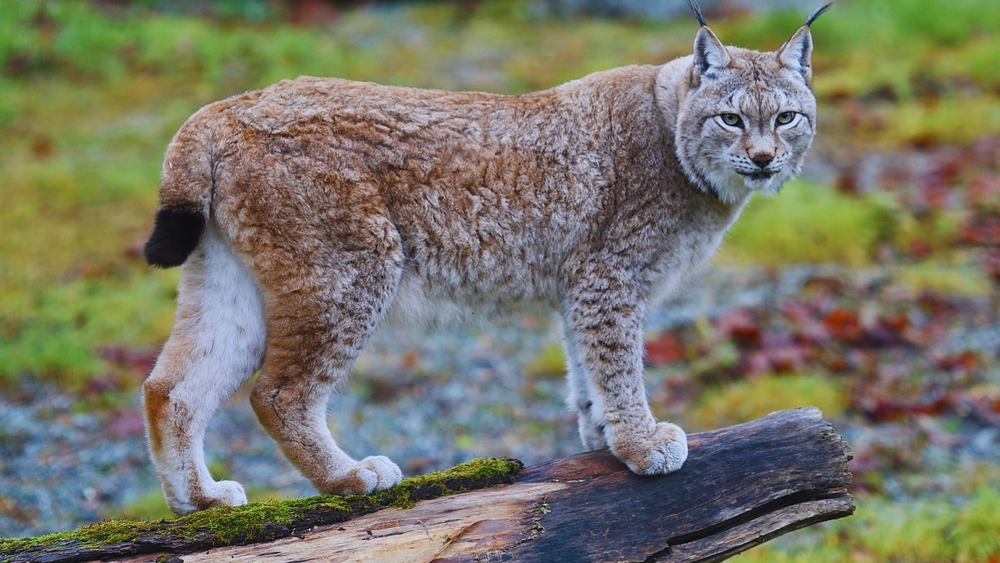
In the dense forests and open fields of America, a silent stalker moves with grace and intent—it’s the bobcat. A master of camouflage, this nimble feline can disappear into its surroundings, inching ever closer to its unsuspecting prey. Meanwhile, rabbits hop around, always on high alert for any signs of danger. With their large ears and quick reflexes, rabbits are built for evasion, ready to bolt at the slightest hint of a threat. The bobcat’s hunting method is all about patience and stealth, waiting for the perfect moment to pounce. As noted by the Alabama Cooperative Extension System, habitats that support high numbers of rabbits may attract bobcats.
When a bobcat spots a rabbit, the chase is on, and it’s a test of endurance and speed. Rabbits are zigzaggers, using unpredictable movements to throw off their pursuers. The bobcat, however, is relentless, relying on its burst of speed and sharp reflexes to close the gap. Whether the rabbit escapes or becomes a meal, it’s a testament to nature’s relentless cycle of life and death. In these encounters, every moment is critical, and the outcome is never certain, making each duel a riveting spectacle.
4. Owls and Their Nocturnal Pursuit of Voles
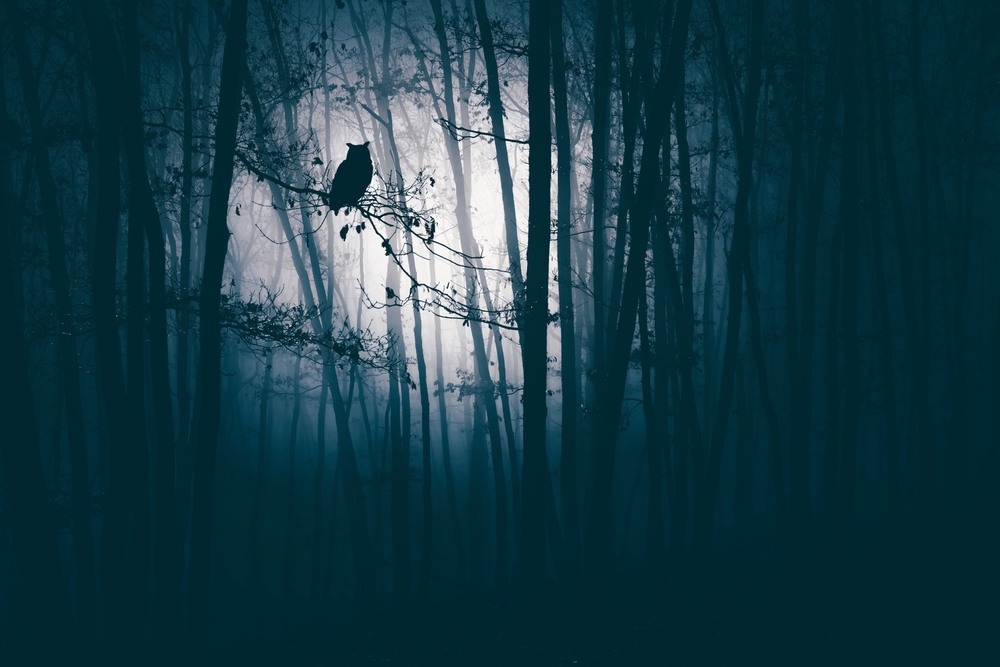
When the sun sets and the world quiets down, the night becomes alive with creatures on the hunt. Owls, with their silent wings and exceptional night vision, emerge as the rulers of the dark. Their prey? The unassuming vole, a small rodent that prospers in fields and meadows. Voles are nocturnal as well, relying on the cover of darkness to forage for food. But with owls patrolling the skies, the night is filled with unseen dangers for these little critters.
Owls have a unique advantage with their ability to rotate their heads almost a full circle, scanning the ground for the smallest movement. Voles, on the other hand, use the dense vegetation and their subterranean burrows to evade capture. It’s a nightly game of hide and seek, with the owl’s acute hearing and silent flight tipping the scales in its favor. The duel between owl and vole is a beautiful, eerie dance of survival in the moonlit fields and forests, each playing their part in nature’s grand design.
5. Wolves and the Majestic Elk Showdown
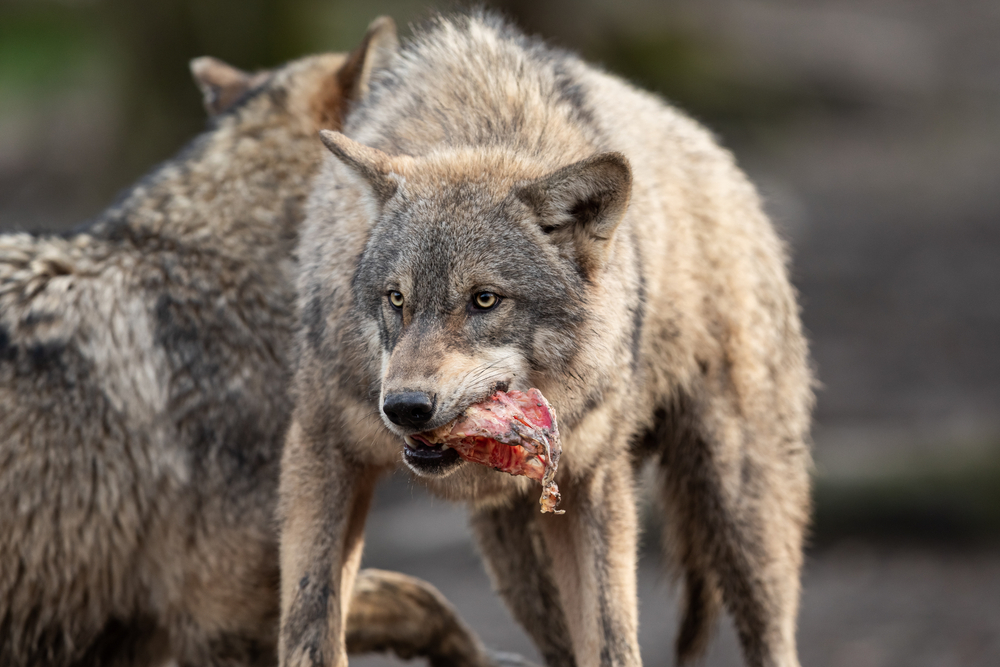
In the vast expanses of the American wilderness, a pack of wolves moves with purpose and coordination, eyes set on their next quarry—the elk. This clash is a dramatic spectacle, with wolves employing strategy and teamwork to bring down their much larger prey. Elk are not defenseless; they are powerful creatures with sharp antlers and strong kicks to fend off predators. The wolves’ success depends on their ability to isolate an individual from the herd through sheer persistence and intelligent tactics.
When wolves hunt, they aim to separate the weak or young from the group, working together to tire out the elk. It’s a battle of endurance, strength, and wit, with the wolves using their numbers to encircle and exhaust their target. Elk, in turn, rely on their size and the safety of their herd to protect themselves. This duel is a prime example of nature’s harsh realities, where cooperation and strategy meet brute strength in an awe-inspiring display of survival.
6. Foxes and the Crafty Squirrels’ Dance
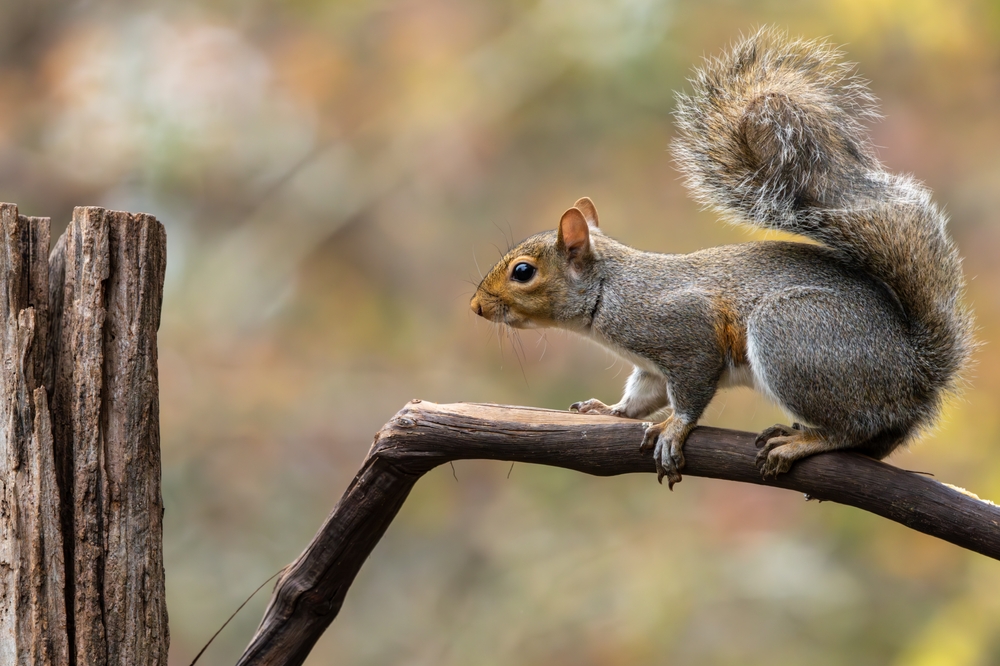
Foxes are the epitome of cunning, with their sharp minds and agile bodies enabling them to be successful hunters of small game. One favorite target? Squirrels. These bushy-tailed rodents are speedy and resourceful, often leading foxes on a merry chase through the trees and underbrush. Squirrels have the advantage of vertical escape routes, often scurrying up trees just out of reach of their ground-bound pursuers. However, foxes are nothing if not persistent, using their intelligence to anticipate the squirrels’ movements.
The chase can be a comical affair, with squirrels zigzagging and doubling back, while foxes try to outsmart them with feints and sudden bursts of speed. It’s a game of wits, with each animal trying to outthink the other. For the squirrel, every escape is a victory, and for the fox, every failed attempt is a lesson learned. This dance of predator and prey is an engaging spectacle, showcasing the playful yet serious nature of survival.
7. Bears and the Salmon Run Extravaganza
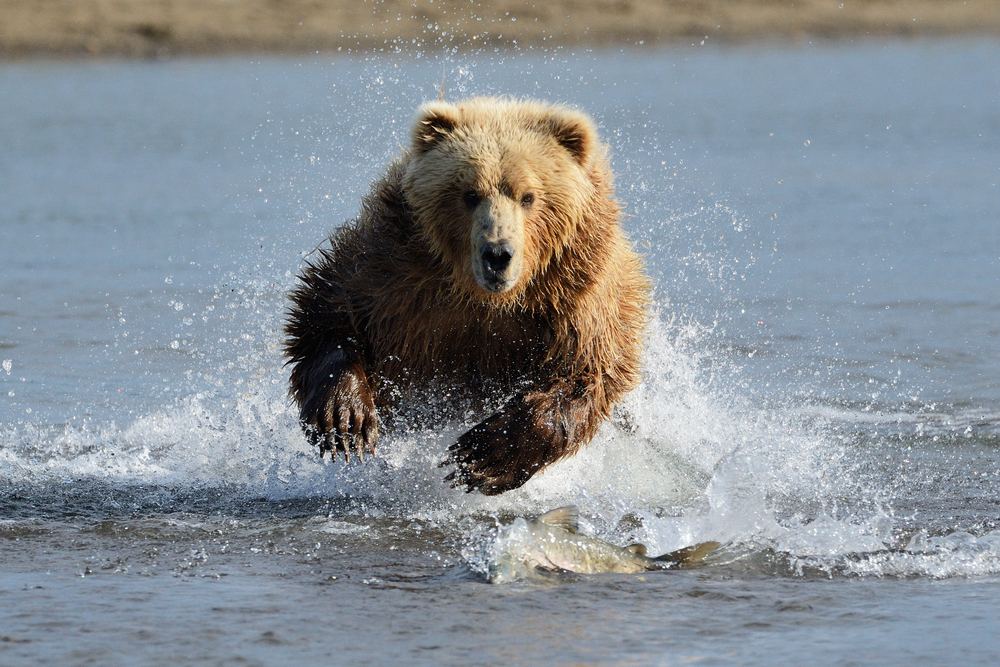
Every year, as rivers swell with the return of salmon, bears gather for a feast unlike any other. The annual salmon run is a crucial time for both predator and prey, with bears relying on the fish to fatten up for the winter. Bears stand in the rushing waters, waiting with anticipation for the fish to leap upstream. The salmon, driven by an instinctual urge to spawn, navigate dangerous waters, avoiding not just bears, but a host of other obstacles.
For the bears, it’s a time of patience and precision, using their paws to swipe the fish from the water mid-jump. It’s a thrilling spectacle of nature, with bears often catching salmon with an expert flick of their paw or a quick snap of their jaws. For the salmon, every leap is a gamble between life and death, adding a layer of tension to an already dramatic scene. This annual event is a mesmerizing testament to nature’s cyclical patterns and the interconnectedness of predator and prey.
8. Mountain Lions and the Elusive Deer
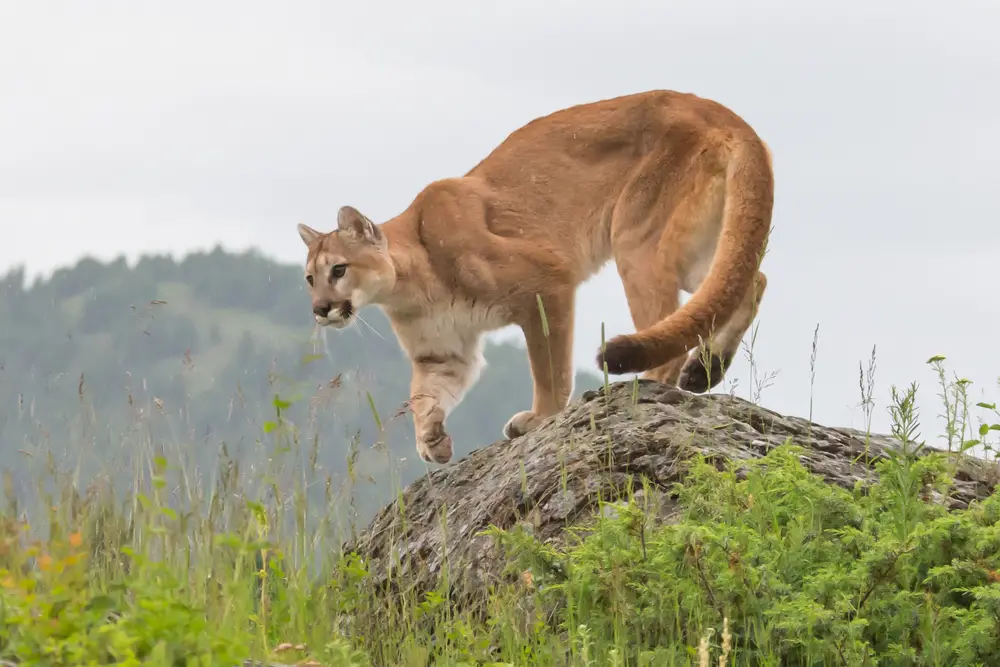
In the rugged terrains of America, the mountain lion, also known as the cougar, stalks its prey with unmatched stealth and power. Its target of choice often includes deer, a creature of grace and swiftness. The mountain lion’s hunting strategy relies heavily on surprise and the element of stealth, using its tawny coat to blend seamlessly into the environment. Meanwhile, deer are always on high alert, with their large eyes and ears tuned to detect any approaching danger.
A mountain lion’s attack is a calculated burst of speed and strength, aiming to subdue its prey with a powerful leap. Deer, with their incredible agility, rely on their ability to bound away at the first sign of danger, hoping to outdistance the predator in a frantic race for survival. This predator-prey relationship is a classic study of patience, strategy, and the fight for survival. Nature’s theater is on full display as these two iconic creatures engage in a deadly ballet across the American landscape.
9. Sharks and the Coastal Seal Chase
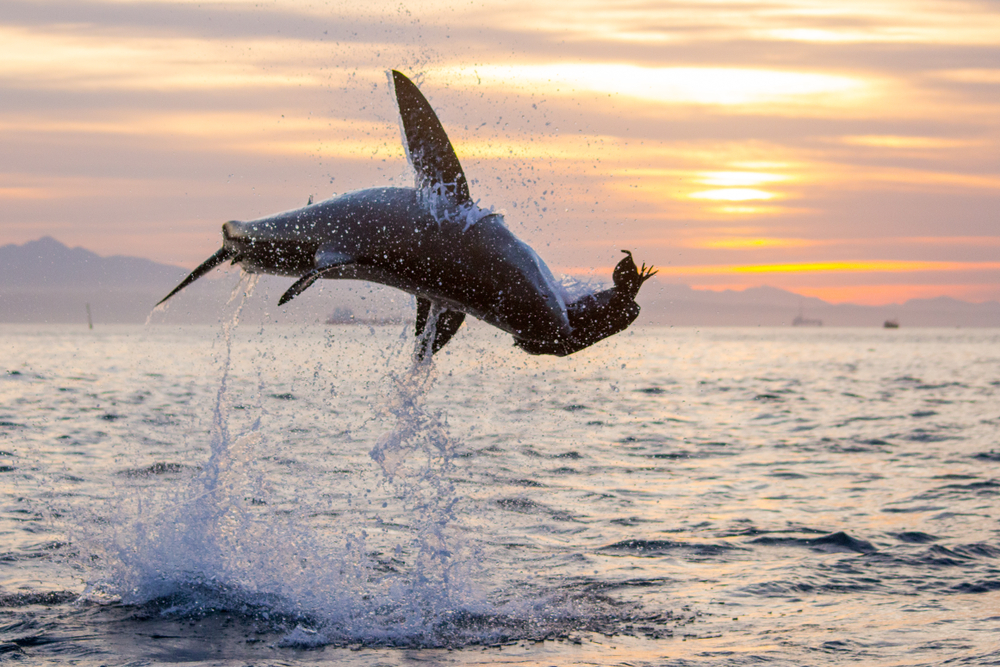
Along the U.S. coasts, the ocean becomes a hunting ground for the ocean’s apex predator—the shark. Their prey? The agile and playful seal. These marine mammals, while often seen basking on beaches or playfully frolicking in the waves, are constantly aware of the lurking danger beneath the waters. Sharks, with their acute sense of smell and ability to detect electrical fields, are perfectly equipped for the hunt. Seals, on the other hand, rely on their speed, agility, and social structures to evade capture.
The encounter is a high-stakes chase that plays out beneath the waves, with seals darting and weaving through the water in a desperate bid to escape. Sharks, with their powerful tails and streamlined bodies, are relentless in their pursuit, often employing sudden bursts of speed to close the gap. This oceanic duel is a breathtaking demonstration of nature’s raw power and the constant struggle for survival. The dance between shark and seal is an adrenaline-fueled spectacle that showcases the intricate balance of marine life.
10. Alligators and the Swamp’s Waterbirds
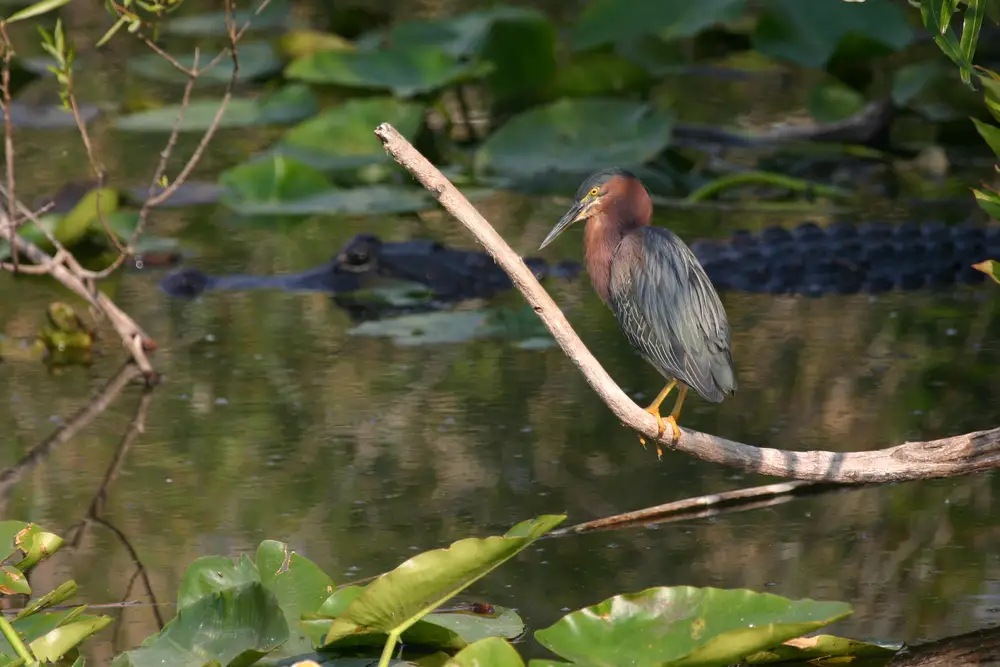
In the murky waters of the southern U.S. swamps, alligators lurk just below the surface, their eyes barely visible above the waterline. These apex predators are masters of ambush, often preying on unsuspecting waterbirds that come to the water’s edge. With their keen senses and incredible patience, alligators wait for the perfect opportunity to strike. Waterbirds, meanwhile, tread carefully, always on the lookout for any movement in the water that could signal danger.
When an alligator decides to make its move, it’s a lightning-fast lunge that aims to capture the bird with a powerful snap of its jaws. The waterbirds, however, are not without defenses, often taking flight at the first hint of trouble. The swamp becomes a theater of stealth and reflexes, with each interaction between alligator and bird highlighting the delicate balance of predator and prey. It’s a chilling reminder of the hidden dangers that lie beneath the surface and the constant vigilance required for survival.
11. Rattlesnakes and the Desert’s Small Creatures
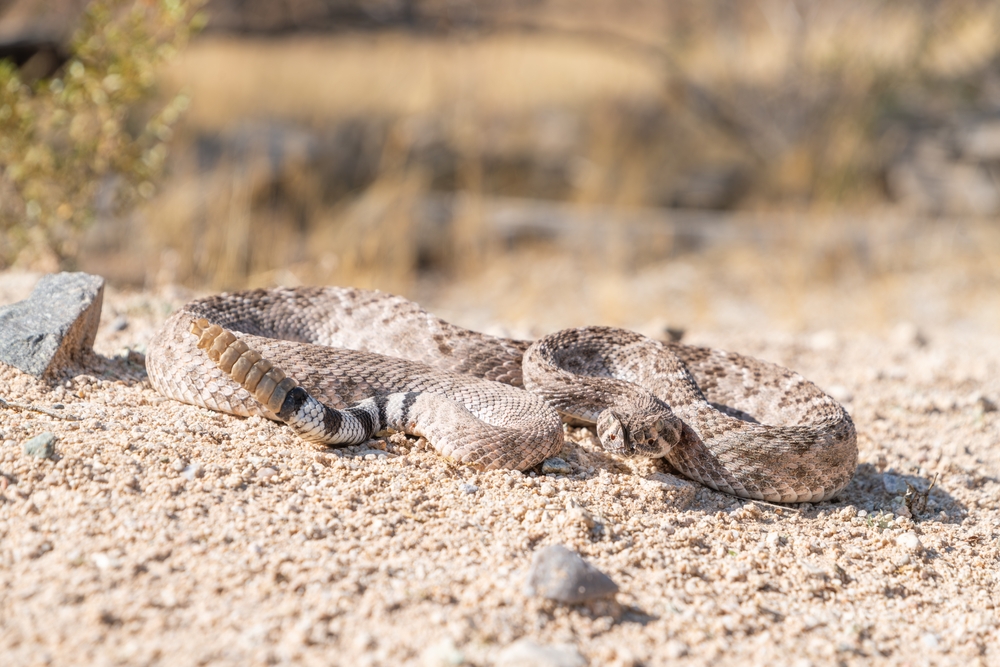
In the arid landscapes of the U.S. deserts, the rattlesnake reigns as a silent and deadly hunter. Its prey consists of small mammals such as mice, rats, and birds, which navigate the harsh environment in search of food. Though these creatures possess keen senses and swift movements, the rattlesnake’s ability to remain motionless and blend into its surroundings gives it a lethal advantage. Equipped with heat-sensing pits, rattlesnakes can detect the body heat of their prey, making them efficient nocturnal hunters.
When a rattlesnake strikes, it’s a quick, precise action, injecting venom into its prey to immobilize it. The snake’s prey must rely on heightened awareness and agility to avoid falling victim to this sudden attack. This desert duel is a test of patience and precision, with survival hanging in the balance for both predator and prey. The encounter between rattlesnake and its quarry is a testament to nature’s resilience and the adaptability required to thrive in such a harsh environment.
12. Eagles and the Shimmering Fish Hunt
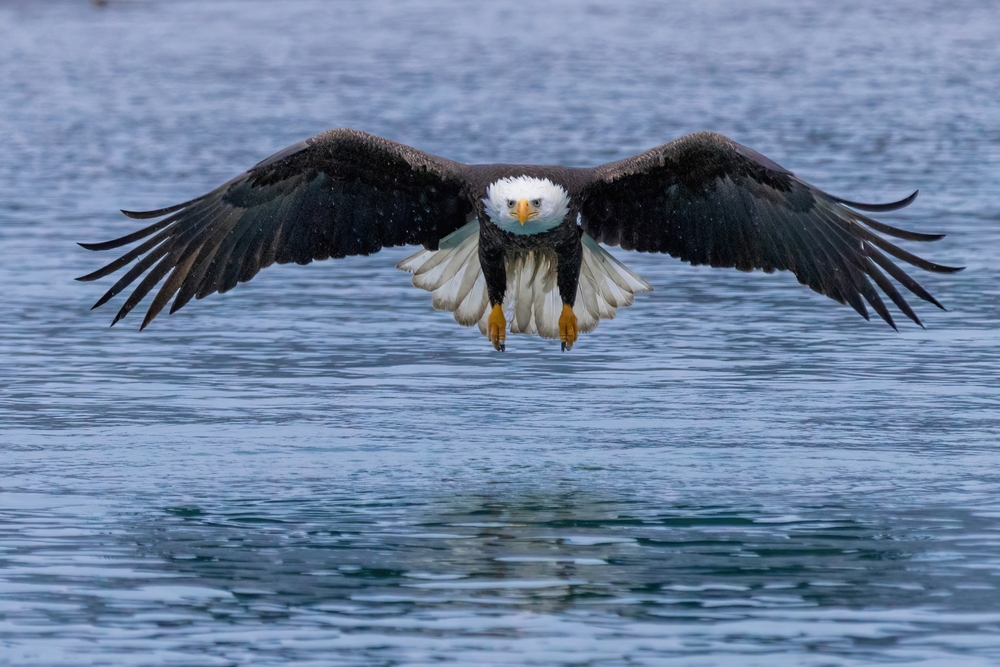
High above the pristine lakes and rivers of the U.S., the majestic eagle soars, eyes peeled for the glint of scales beneath the water’s surface. This bird of prey is a master fisherman, with sharp talons and an impressive wingspan that allow it to snatch fish from the water with incredible precision. Fish, meanwhile, swim below, unaware of the danger lurking above, relying on their speed and the cover of water to avoid becoming a meal. The eagle’s sharp vision and keen focus make it a formidable hunter, capable of spotting its prey from great heights.
When an eagle spots a fish, it begins a swift, calculated dive, using its talons to snatch the fish from the water in one fluid motion. The fish, in turn, must rely on quick reflexes and evasive maneuvers to avoid capture. This aerial confrontation is a breathtaking display of speed, precision, and the timeless struggle between predator and prey. The eagle’s hunt is a captivating spectacle, showcasing the intricate dance of nature where life and death are held in delicate balance.
